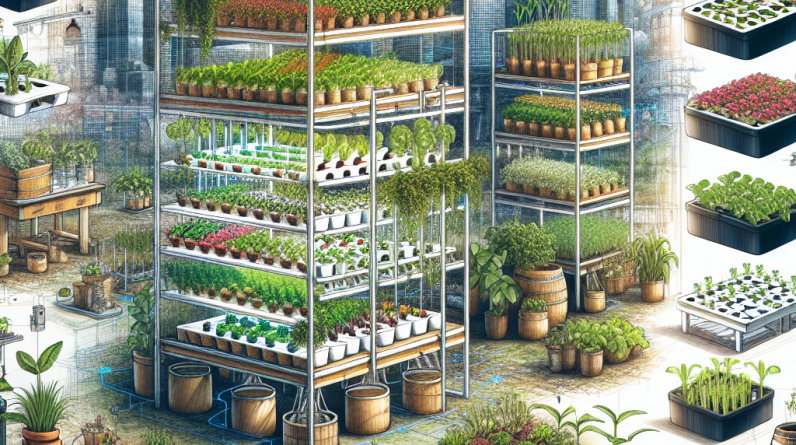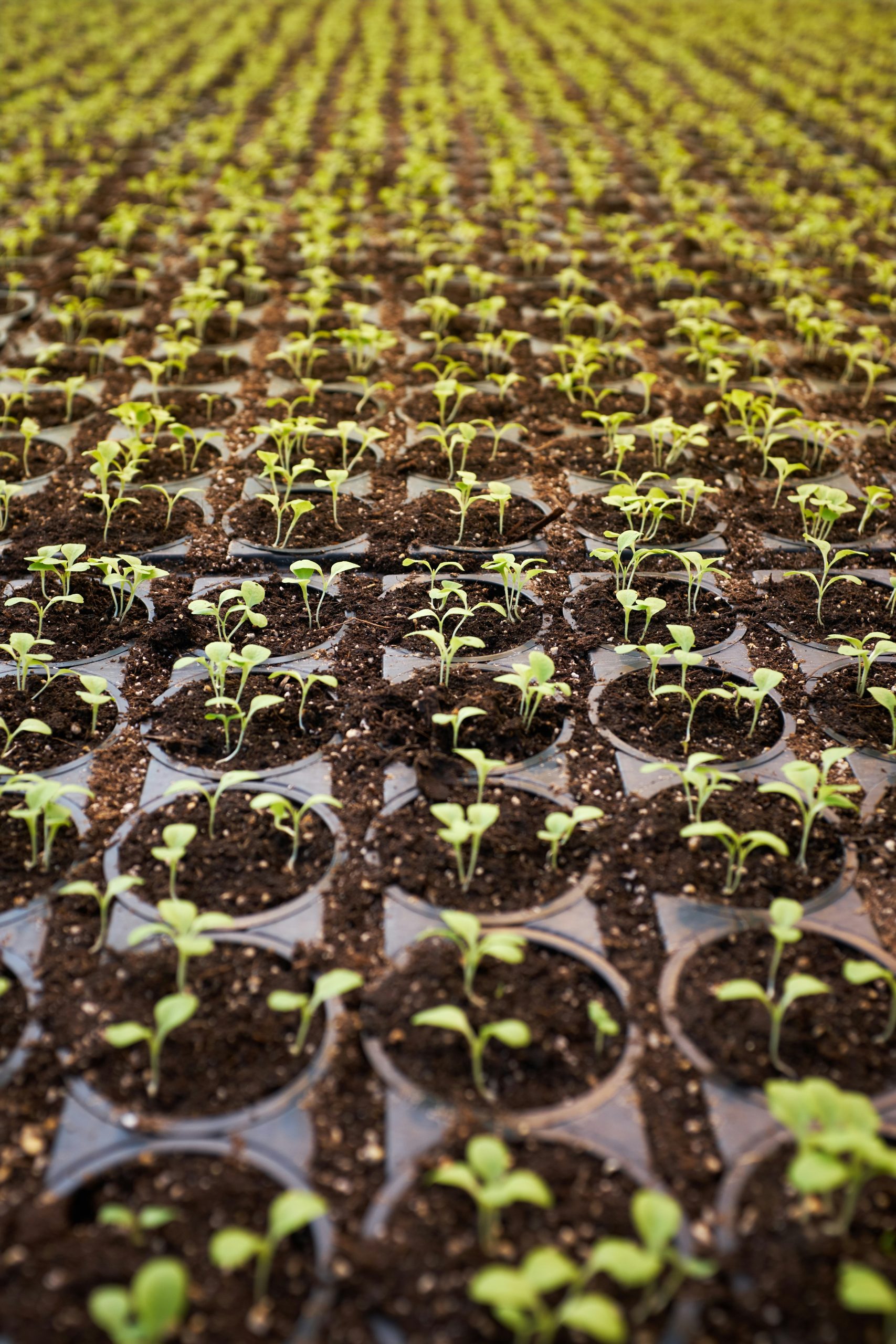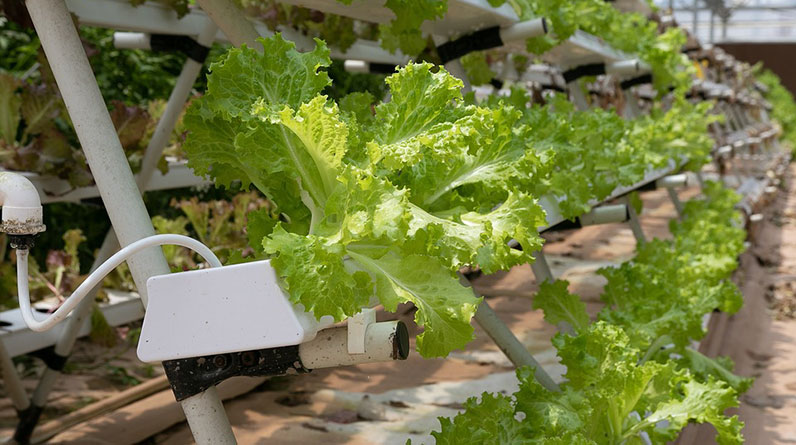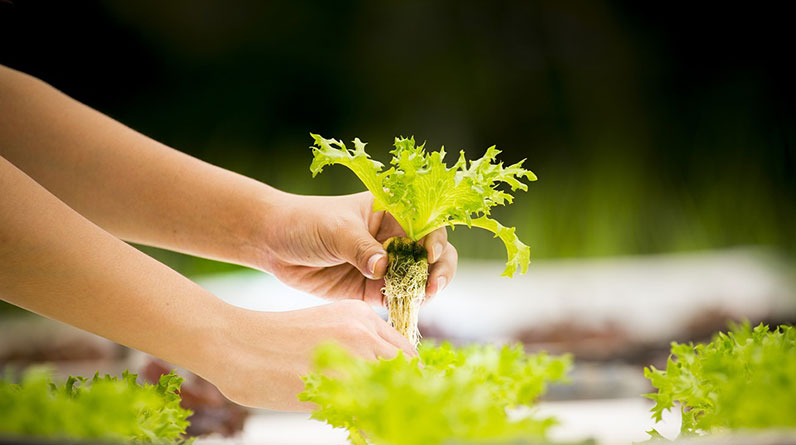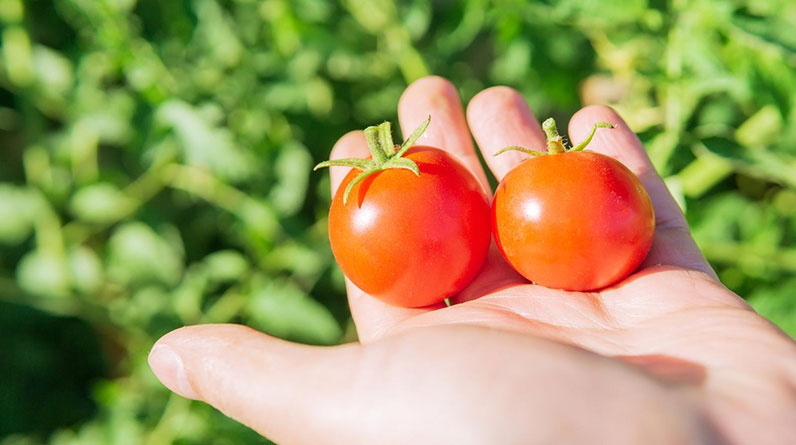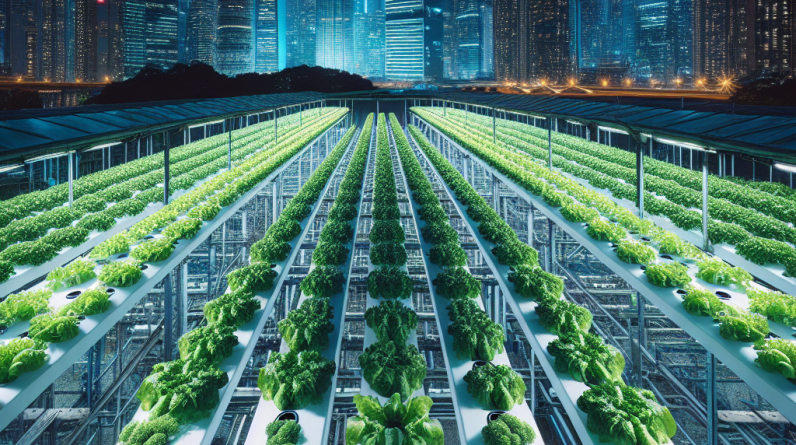
Space Efficiency in Urban Settings
Maximizing Limited Space
Let’s face it: urban spaces are prime real estate, and they often come with some crazy price tags. But that doesn’t mean we have to sacrifice our love for home-grown food! Hydroponic farming is perfect for small, compact areas. I’ve seen rooftops transformed into lush gardens where every square foot counts. These setups allow city dwellers to grow their own veggies and herbs without needing a traditional backyard.
With vertical farming, you can stack trays of plants on top of one another, effectively utilizing the height instead of just the area. I’ve been amazed at how many plants can thrive in a small corner where just a few pots might fit before!
This innovative farming method gets rid of that pesky requirement for extensive land use that traditional farming demands. Now, even if you live in a cramped apartment, hydroponics gives you the freedom to cultivate your own green wonderland.
Urban Communities Thriving
One of the most heartwarming aspects of hydroponic farming is how it brings communities together. I can’t tell you how many neighbors have come together to turn empty plots or community centers into bustling hydroponic farms! This spirit of cooperation not only enriches our community but also fosters a sense of belonging.
It’s so cool to see people of all ages get involved, sharing knowledge and experiences. I’ve learned a ton just from chatting with my neighbors about their hydro setups and the different techniques everyone uses. It’s like a mini gardening club right in the middle of the city!
Plus, these community gardens often supply local farmers’ markets, providing fresh produce to the community while also reducing our carbon footprint. We’re talking about a farm-to-table experience that’s accessible to everyone!
Reducing Food Deserts
Food deserts are unfortunately a reality in many urban areas. People living in these neighborhoods often struggle to find fresh fruits and vegetables. Hydroponic farming can change that narrative. I’ve seen projects where entire neighborhoods adopt simple hydroponic systems—making healthy food accessible right outside their doors.
This not only ensures that fresh produce is available, but it also empowers residents. It offers them the chance to take control of their food sources and teach younger generations the importance of healthy eating and sustainable practices.
When a community can grow their own food, they can reduce reliance on processed, unhealthy options. The transformation I’ve witnessed in these neighborhoods is incredibly uplifting. There’s a newfound pride that comes from cultivating the land, no matter how small!
Water Conservation
Efficient Water Use
Water is a precious resource, especially in urban settings where good ol’ rainfall might not be enough. Hydroponics uses significantly less water compared to traditional farming methods. The beauty of this system is that the water is recirculated. It blows my mind to see how plants can thrive with just a fraction of the water you’d use in soil-based gardening!
This method helps reduce water waste dramatically. I’ve had moments where I felt like I was performing magic when I checked the reservoir and realized how little water had been used over the weeks. Instead of soaking the soil, every drop counts!
And let’s be real here—urban areas are often hit harder by droughts. With hydroponics, we can grow food even in the driest conditions while conserving our resources. It feels good to know we’re taking steps toward sustainability.
Improved Plant Growth
If you’re as impatient as I am, waiting for plants to grow can feel like watching paint dry. Hydroponics speeds up growth times like you wouldn’t believe! I remember trying out my first hydro system and being shocked at how quickly the plants shot up. It’s all in the nutrient-rich water!
Because plants get direct access to their nutrients, they spend less time and energy searching for what they need. Instead, they focus on growing robust and healthy. It’s like giving them a VIP pass to the best buffet!
This accelerated growth means that urban farmers can enjoy multiple harvests in a single season, which is a big plus for those wanting fresh produce year-round. There’s something incredibly satisfying about having fresh basil or lettuce on hand because you took the plunge into hydroponics.
Pest and Disease Management
One of the biggest headaches for any gardener is dealing with pests and diseases. With hydroponics, I’ve noticed that these problems are much easier to manage. Since these systems are usually indoors or in controlled environments, there’s less exposure to outdoor pests, which cuts down on the number of nasty bugs I have to tackle!
Moreover, the water and nutrient systems can be monitored closely, which allows for healthier plants and less drastic measures when something does go awry. If something seems off with the plants, I can pinpoint the issue quickly instead of waiting for signs to appear in the soil.
This preventive aspect is like having a safety net. Urban farming becomes a hub of healthy plants and practices, decreasing the need for harmful chemicals and pesticides. It’s great to know that what I’m growing, and eventually eating, is as organic and clean as possible!
Emphasizing Sustainability
Local Production
Living in a city can often come with a disconnect from where our food actually comes from. Hydroponic farming flips that script by emphasizing local production. I absolutely love visiting local hydroponic setups to see how food is grown right next door—it’s that farm-fresh vibe without having to leave the city!
When you grow food locally, you also reduce the need for long-distance transportation. It’s not just about fresh food; it’s about the entire concept of sustainability. I’ve personally made a commitment to support local farmers and am thrilled that I can do this through hydroponics.
Also, local production supports the economy. When urban farms thrive, so do the neighborhoods they belong to. The cycle of support, from producing to consuming, creates better communities—it’s a win-win!
Waste Management
Let’s talk waste. In traditional agriculture, a lot of waste goes into landfills, whether it’s food scraps or materials from the farming process. Hydroponics tends to produce less waste overall. I’ve found that every part of the system can be repurposed or reused in some capacity, making it more sustainable.
You can compost any plant waste, use materials like recycled plastics for systems, and even create nutrient solutions from kitchen scraps. It’s like turning trash into treasure. The idea that I’m minimizing waste even while growing my own food makes the whole process feel rewarding!
Understanding our impact on the planet is crucial, and hydroponics offers a way to grow while keeping waste in check. It’s a small but mighty step towards a greener future for our cities—and let’s be honest, we could all use a little more green!
Environmental Impact
Hydroponics allows us to reduce the overall environmental impact of food production. You know how they say, “think global, act local?” Well, I’ve found hydroponic farming is a prime example of that. By sourcing food locally and using fewer chemicals, we can reduce our footprint significantly.
Plus, less water usage and efficient energy use (especially when using LED lights for indoor setups) demonstrate that urban farming can align with environmentally-friendly practices. I’ve seen firsthand how these systems can exist harmoniously with city life without wreaking havoc on our ecosystems.
When I step back and look at what’s being accomplished through hydroponics—sustainable practices, reduced pollution, and community involvement—it fills me with hope. We’re not just growing food; we’re nurturing a lifestyle that can turn urban areas into eco-friendly hubs.
FAQ
1. What is hydroponic farming?
Hydroponic farming is a method of growing plants without soil, using nutrient-rich water instead. This allows plants to absorb nutrients directly, leading to faster growth and increased yields.
2. How does hydroponics save space in urban areas?
Hydroponics utilizes vertical space, allowing plants to be stacked in trays or towers, maximizing limited areas such as rooftops or small backyards.
3. Can anyone start hydroponic farming at home?
Absolutely! Anyone with an interest in gardening can start a hydroponic system at home. There are many kits available for beginners, and you can tailor the system to fit your space and needs.
4. What are the environmental benefits of hydroponic farming?
Hydroponics reduces water usage, minimizes waste, lowers the need for pesticides, and encourages local food production, contributing to healthier urban ecosystems.
5. Is hydroponic produce better than traditional produce?
While both can be healthy, hydroponic produce is often fresher, as it’s typically grown closer to where it’s consumed. Plus, you can control the growing conditions more precisely, leading to potentially higher nutritional content.
Related Content
- The Ultimate Guide to the 10 Best Indoor Hydroponic Garden Tower Systems for 2025
- DUESI Upgrade 12 Pods Plant Germination Herb Kit Review
- The Ultimate Guide to Hydroponic Garden Maintenance: 10 Effective Tips for 2025
- Why Vertical Hydroponic Systems Are Gaining Popularity
- Enhance Your Hydroponic Crop Flavor Naturally



